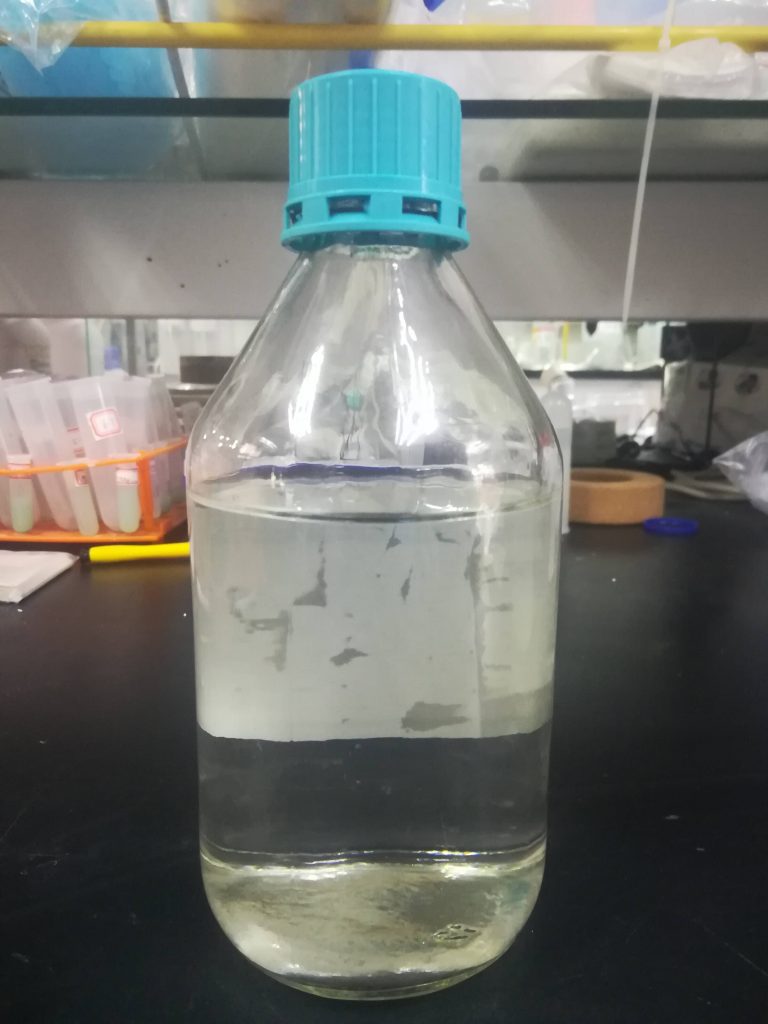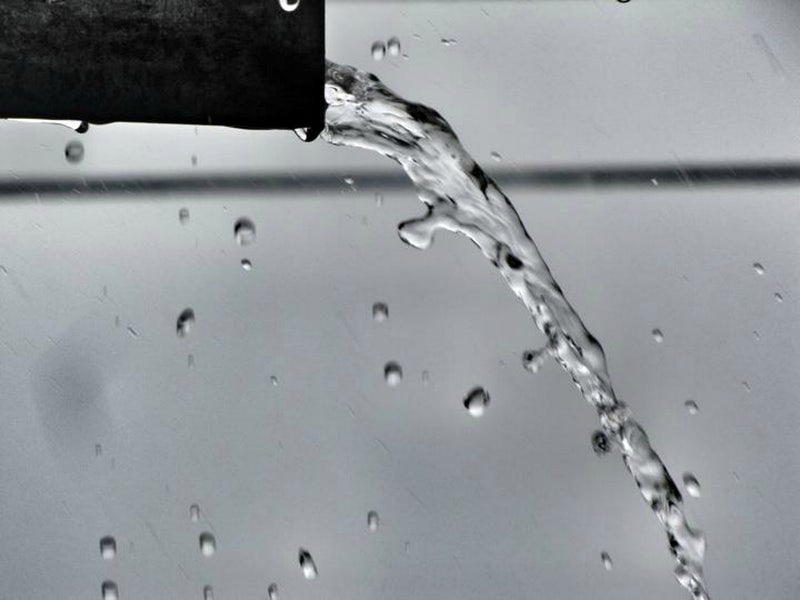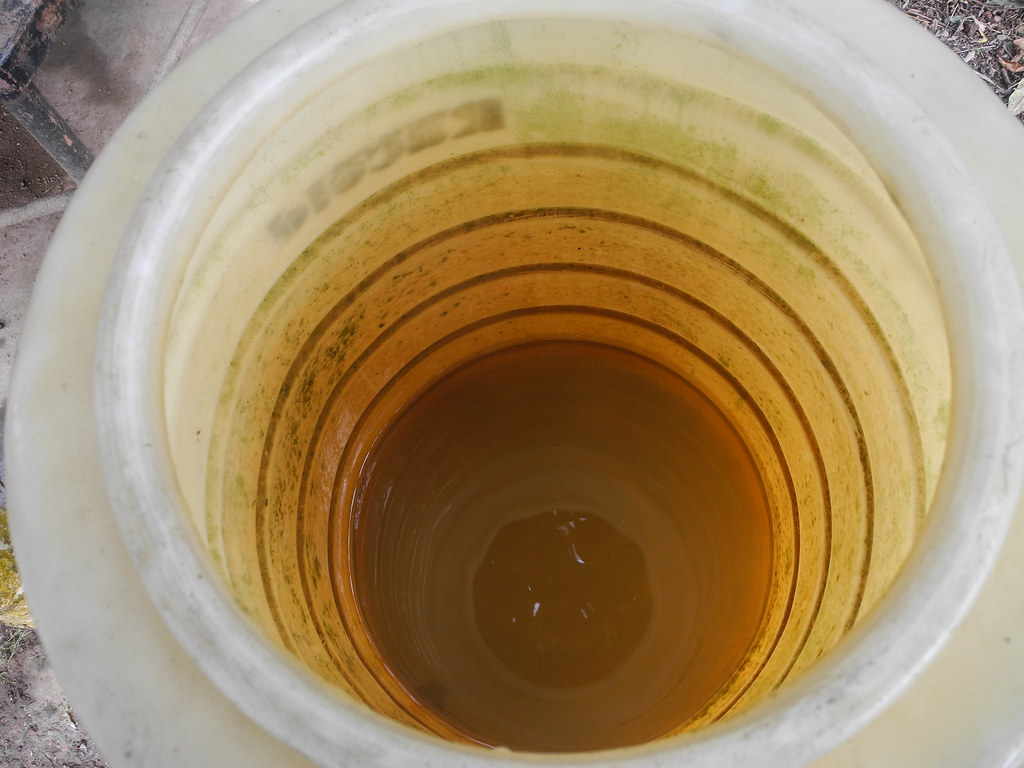
Both ammonia and colloidal iron contaminants are not often a factor for people performing closed-loop maintenance. Nonetheless, they still cause problems and are worth treating and testing for.

Ammonia levels in a closed-loop system can vary over time. It is a metabolic by-product of aerobic respiration and evidence of bacterial and other forms of life. More importantly to us, it is also a by-product of anaerobic respiration by nitrite-reducing bacteria common to some closed-loop systems. The conversion of nitrite to ammonia is facilitated by bacteria and does not occur spontaneously. It is wise to test ammonia levels to see if the situation is tolerable or if action needs to take place to eliminate the ammonia.
Ammonia is extremely corrosive to copper and other yellow metals, especially in the presence of oxygen. Since most of our closed-loop treatments are designed to scavenge the oxygen from the water, small amounts of ammonia (<5.0 ppm) can be tolerated. If your test results indicate that there is more than 5.0 ppm of ammonia in the water, if the oxygen scavenger level is low, or if the treatment does not scavenge oxygen then it will be necessary to flush the loop.
To contact a water treatment expert to help with colloidal iron or ammonia click here.

While simply draining and refilling the loop seems easy and less time-consuming, the consequences will far outweigh the time savings. When a closed-loop is completely drained, iron deposits are disturbed and oxygen is introduced into the system. When the loop is refilled, the iron deposits break free and flow throughout the system, ready to form deposits where they may cause more problems than before. The oxygen that comes in from the air promotes surface flash corrosion and makes the iron problems even worse.
A much better way to flush a closed-loop is to open a drain valve near the lowest point in the system and flush water at 1 to 2 gallons per minute. Be careful not to flush too fast; pressure make-up valves are designed to maintain pressure in the loop and may not pass more than 1 or 2 gallons per minute. Closely monitor the pressure on the loop for the first 20 minutes to ensure that the pressure will be maintained. Flush the loop at this rate until the conductivity of the draining water is equal to the conductivity of the make-up water. Then, discontinue the flushing and continue treatment as usual. Chardon’s service department cannot be responsible for performing the flush. It is very time-consuming and the pressure in the loop must be monitored very consistently. It is possible that the loop pressure may get too low and start to starve the circulation pumps. The flushing process could take days, weeks, or months depending on the rate of water being drained/added to a loop. That is the reason that on-site personnel will need to do the flushing and monitoring. Chardon will return when the on-site personnel informs us that the system water is very clear and clean. Chardon will then add closed-loop treatment to the system.

Colloidal iron can be very difficult to remove due to its small size. Ultra-filtration systems may still be able to fix this. Ultra-filtration systems may be capable of filtering between .5 and .2 microns depending on the system type. It is worth noting that this may not filter out all of the colloidal iron particles, the ones that are below that size may remain in the water.
Colloidal iron can be identified by the red hue that it adds to water. This red-water iron may be difficult to filter out. The iron has precipitated (turned to ferric iron) but the molecules formed do not stick together to form large enough pieces to settle to the bottom of a container or be trapped with normal filtration. The size of colloidal iron is smaller than 1 micron. Due to this, it remains suspended in water and cannot be removed the same way other contaminants can.
This water/solid combination is called a colloidal mixture. To test if you have this type of water, collect a sample in a clear glass container. Shine a flashlight beam through the water and see if you can see the light in the water. This phenomenon is referred to as the Tyndall Effect. The Tyndall Effect describes light scattering due to particle size, in this situation see if the light is visible in the water and does not just disappear as it normally would in another water source. After studying this, let the water set overnight. If after setting overnight you can still see the beam of light as it passes through the water and there is no settling of material on the bottom of the container, the chances are very good that you have colloidal iron.
To get in touch with a water treatment professional about closed loops or other water systems click here.